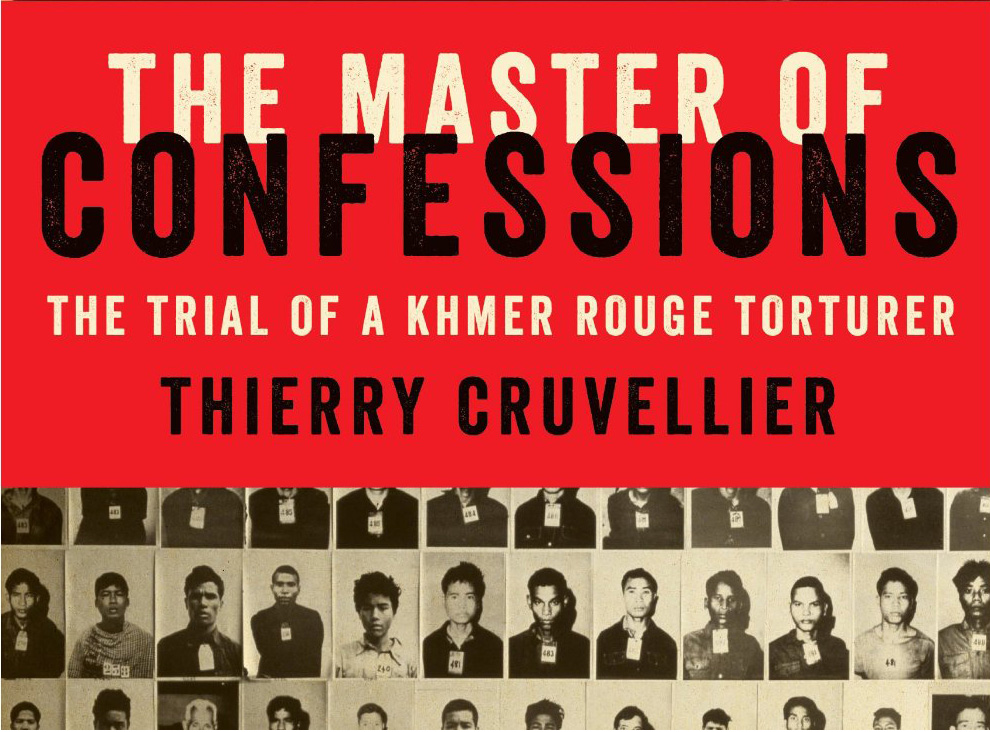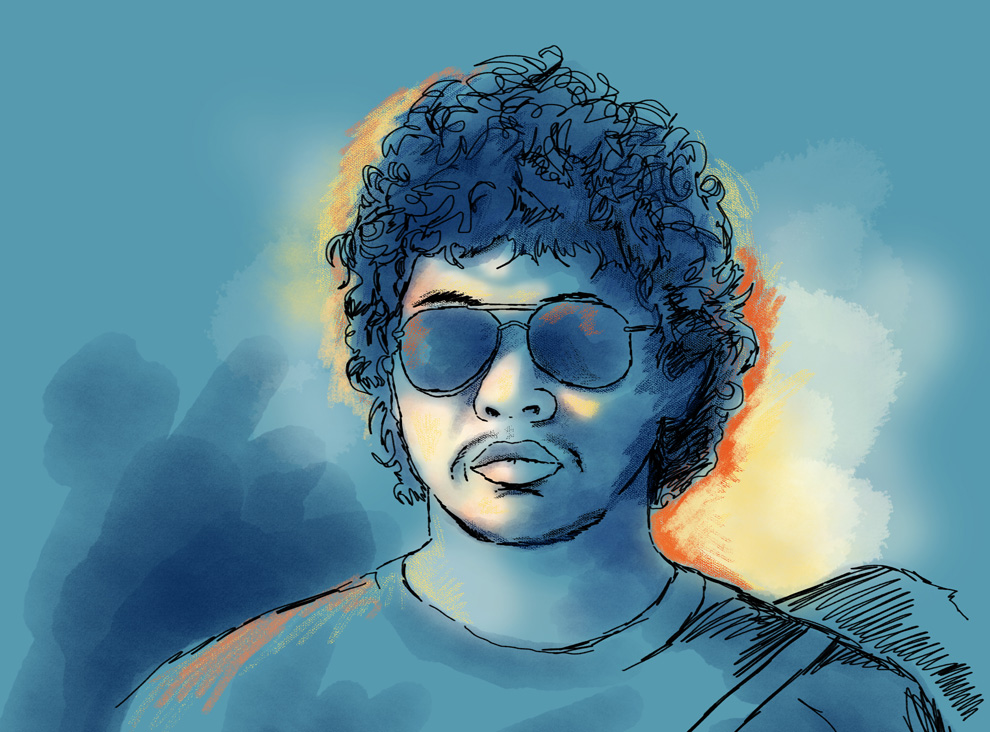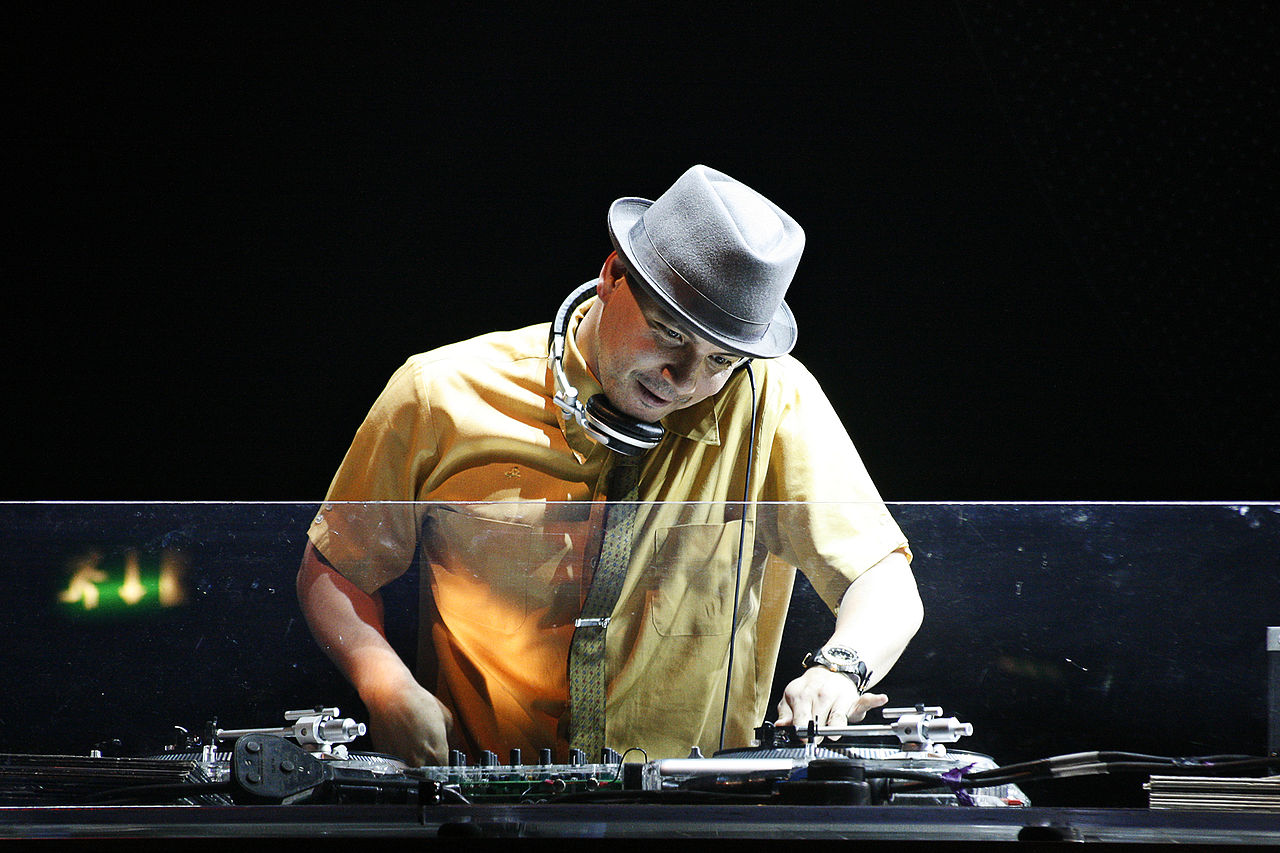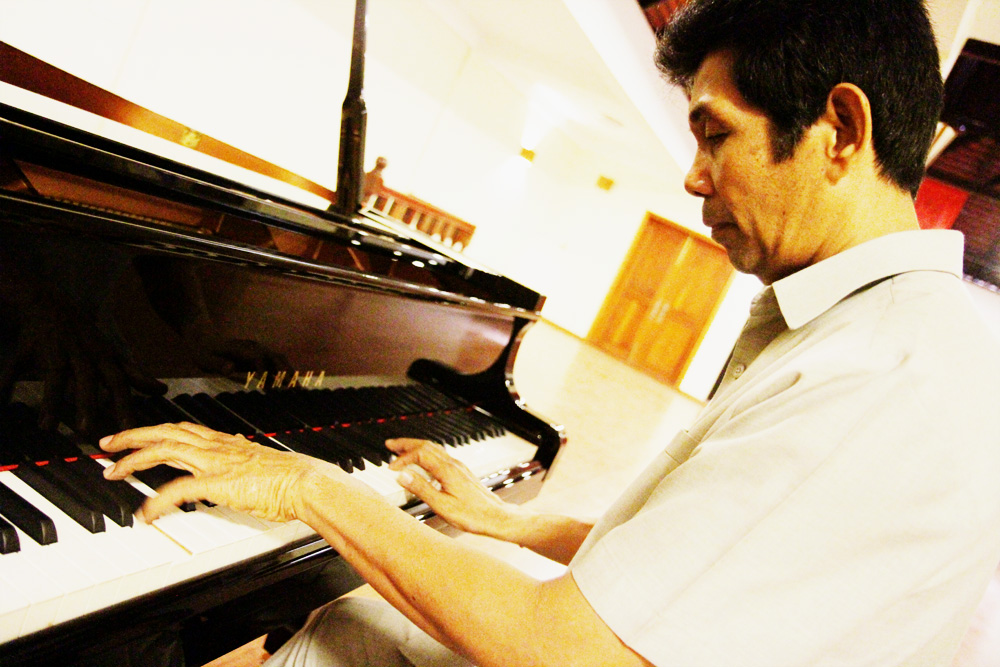Mixmaster Mike was known, once upon a time, merely by the mild moniker of Michael Schwartz. He was an ordinary mortal, boring and average, just like you or me or Sam Rainsy when he is viewed without Hun Sen looming in the background to provide a lot of gloomy contrast.
Then, one day, Michael Schwartz witnessed his destiny and got a glimpse of the future that he’d claimed for himself. He perchanced to lay eyes upon DJ Grandmixer D.ST on stage with Herbie Hancock, a musician who’s earlier work with Miles Davis had already brought ample fame to his name. I know this to be the case as this very brief tale of two names joining together in musical matrimony is one that is told on nearly every one of Mixmaster Mike’s many bio pages. If it is apocryphal then it is an extremely well-traveled tall-tale.
Perhaps it was their 1983 performance together at the Grammy Awards? With an introduction by none other than John Denver, who was uncharacteristically garbed in a suave tuxedo, his glasses off and hair trimmed neatly. Denver that evening was handsome indeed, but looking slightly lonely without a horde of Henson’s Muppets surrounding him and cackling away like they did for most of Denver’s life (as I remember it) in the prior decade, the NSFW 1970’s.
http://youtu.be/1UjFZiOAZKc
Smutty #7
Smutty #7, the decade that gave birth to such dark delights and dastardly deeds as modern pornography and the war on drugs, did also deliver to us the proto-rumblings of Rap music, which culminated in 1979 with Kurtis Blow’s signing to Mercury records. The first rapper with a major label deal, he was often supported at his gigs by Joseph Simmons of Run DMC, then known as “DJ Run, Son of Kurtis Blow.” Thus did DJ Run, later of DMC, come to realize that “a DJ could be a band, stand on his own feet, get you out your seat.”
The venerated worship of the DJ as a Rock Star in his own right and a one-man all-star band took hold and joined our Necronomicon of pop-culture rituals. It has since held on steadily, through various twists and turns and variations, on up through today.
Denver introduced them most modestly, as if they were a group of children from the neighborhood who wanted to put on a little show for everyone, even though everyone wanted nothing more in the world than for them to not do that. But they were all going to smile politely anyways, when he said: “… with the help of some of his friends, Herbie Hancock!”
Herbie’s friends certainly must have made an impression on the young Michael Schwartz, but how could they not? The spectacle at hand was meant to herald in the very future of music itself, as envisioned by the primitives that were us, human beings, in 1983. I was 6 years old and would have thought this was fantastic as it seemed to indicate that an age of dancing robots was nigh upon us, mechanical dancing automatons a fact of everyday life was the unstated promise. Electronic drum kits that looked like thin rubber pads, all sorts of robot-like mannequins dancing in time to the music, and a man with a white leather jacket, sleeves rolled up, sunglasses on, wearing headphones that were sporting an antenna sticking straight up in a style reminiscent of something Elroy would wear on the Jetson’s, was standing there playing … record players?
Yes indeed, turntables and scratching are everywhere in “Rockit,” probably the most prominent early example of its use in mainstream pop music. The song opens with the sound, so familiar to us today, of a vinyl record being manually halted in its revolutions on the turntable, and the player’s needle being worked forwards and backwards in the record’s grooves to produce literal scratching, as in physical damage to the vinyl, as well as aural scratching, which manifests as a herky-jerky rhythmic bounce with muted hints of the record’s contents, distorted to a smear of ascending or descending tones as they undergo that wear and tear.
It was probably all a blur to young Michael Schwartz as he sat there stunned, mutely watching the television as Herbie, clad in similar fashion to his DJ, all leather & sunglasses, hoisted his Keytar (a keyboard guitar) that was strapped around his neck, and banged out the opening notes to “Rockit,” the only Herbie Hancock song that any of you reading this are probably familiar with. But then again, as a testament to the song’s strange powers, you’re also probably still very familiar with it even if you’ve never heard of Herbie Hancock, at least past a certain age you must be.
It is a (now) retro-futuristic sounding instrumental classic, both dated and timeless, a moment to save for music history’s scrapbook even if it involved a keytar, which is an aspect of this moment that is best buried under a mountain of denial and never spoken of again. A keyboard-guitar, you say? Sounds made up to me. You mean so that the keyboard player, should he also be the vocalist and ostensible band leader, can get up and march about with it and prance around the stage? Preposterous, no one who suffered through that many years of piano lessons would ever stand the indignity of such a sad display. Never speak of it again.
http://youtu.be/bZlyInYFuHw
Hip-Hop Hero
Young Michael Schwartz watched music history being made, and despite the presence of the keytar in a starring role, he didn’t quit listening to music entirely after puncturing his own ear drums with a pencil. The opposite in fact.
He had an epiphany that sent his mind spinning like a vinyl platter at 72 RPM. Perhaps he had a vision of himself up there on stage with Herbie, his face in place of that of Grandmixer D.ST. Up there with them, the Stars, hob-knobbing with John Denver, wearing sunglasses at night (albeit under bright stage lights,) and sporting a pristine white leather jacket inside of a climate controlled theater, and rolling the sleeves up instead of taking it off if it restricted his movements or was too warm for him. He wasn’t gonna take it off. Not when he looked that dope wearing it and you’re a liar if you claim that you would have taken it off either, not if you’ve seen the clip.
Most importantly ¬– for his future and the future of his chosen art and profession – he can see himself up there on stage absorb in adulation of fans near and far, being worthy of that strange worship, music history rewritten to not so much replace Grandmixer D.ST, but to very definitely, one day, include him.
We’ve all dreamed of glory at one time or another. Certainly in our most private unshared thoughts, if nowhere bolder. But very few of us ever achieve the lofty heights we wish to climb to, not by a long shot, because such feats are reserved for heroes and legends, not the likes of the common man, he who is the “best of the lousiest and the lousiest of the best.” It is the fate of so many of us to be resolutely average that it’s better that we not despair of it insensibly and instead celebrate those who are decidedly above the median values for talent and skill.
The seemingly ordinary Michael Schwartz would not be dissuaded and by use of some sorcery or super-science, as yet unknown to mankind at large, he underwent a metamorphosis and transformed himself into Mixmaster Mike, a legend on the turntables and a Hip-Hop Hero. Years ago his dreams of glory became the glorious reality he now inhabits as a globe-trotting icon in his chosen field, as important to the history of his occupation as a person could be short of having founded it themselves. Mixmaster Mike is more of an Abraham Lincoln of the turntables than he is a George Washington; the idea had been developed by others, the format and the stage established already and in place for him to do great things. He was given the opportunity to change music history’s direction irrevocably in this area, and through his talent and clever innovation, he did so.
Indeed, his list of accomplishments is grand in scope. He is a World Champion turntablist several times over and was actually asked to retire and become a judge in order to open up the competition to new talent in order to help grow the art form by giving a shred of hope to his competition, a move which he gracefully agreed to in 1995 after winning the title three years in a row. He has award-winning albums to his sole credit and he has collaborated on all manner of songs and albums with a long list of notable musicians.
The most notable name and the group which he is most famously associated with: The Beastie Boys, NYC rap legends who began their musical journey as a hardcore punk band, in days of yore.
In 1997, Mixmaster Mike became the fourth, current, and likely final DJ for the group, after the death from cancer of Adam Yauch in 2012. Mixmaster Mike was The Beastie Boys DJ longer than any of the other DJ’s who previously held the job (and who are legends in their own right) and he was privileged enough to work with them on all of their albums, tours, and live appearances from 1997 onwards.
Mixmaster Mike hasn’t slowed down much over the years. He’s had a weekly radio show in Los Angeles, worked on video games and appeared in movies – both on screen and on their soundtracks, and played venues of all variety the world over.
His current tour of Asia is taking him to the very obvious stops, such as Singapore. And, courtesy of Eddie Newman of Code Red, he is appearing in such far-flung places as, well, right here.
Phnom Penh. D-Club on Wednesday, January 14th, at 9:00PM. In front of an audience of no more than 150 lucky souls who will each pay the very reasonable and modest sum of $15 to see a legend and be entertained by him. You don’t have anything better to do on a Wednesday night in Cambodia. Trust me. You don’t. You just don’t. Believe that.
Besides, what could possibly be better than seeing a legendary performer do his thing anywhere, be the show in PP or NYC? Well, perhaps a legend and his friends? Oh, if only Herbie and the gang were also in town. Maybe they’ll surprise us.*
* Nah, they won’t, and this in no way constitutes any sort of claim that Herbie Hancock will be appearing. If that’s a deal-breaker for you – sorry. Herbie’s 74, he might make it over one of these days. Probably not. But you never know.
WHO: Mixmaster Mike of the Beastie Boys
WHAT: Hip-hop turntablist
WHERE: D-club, #3 Street 278
WHEN: January 14, 9pm
WHY: You don’t have anything better to do on a Wednesday night in Cambodia
Photo By Fabio Venni from London, UK (Cause nobody can do it like Mix Master Mike can) [CC BY-SA 2.0], via Wikimedia Commons











